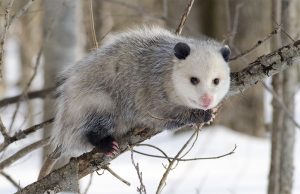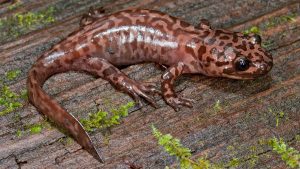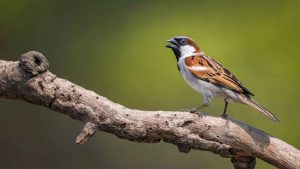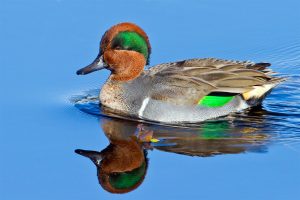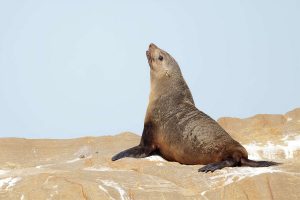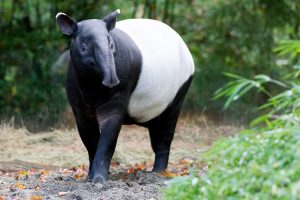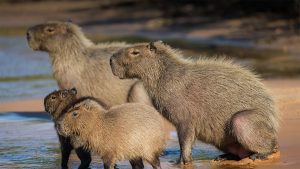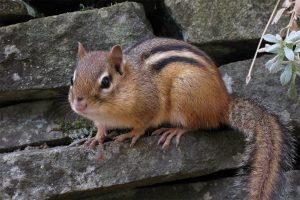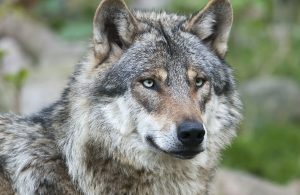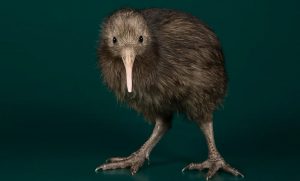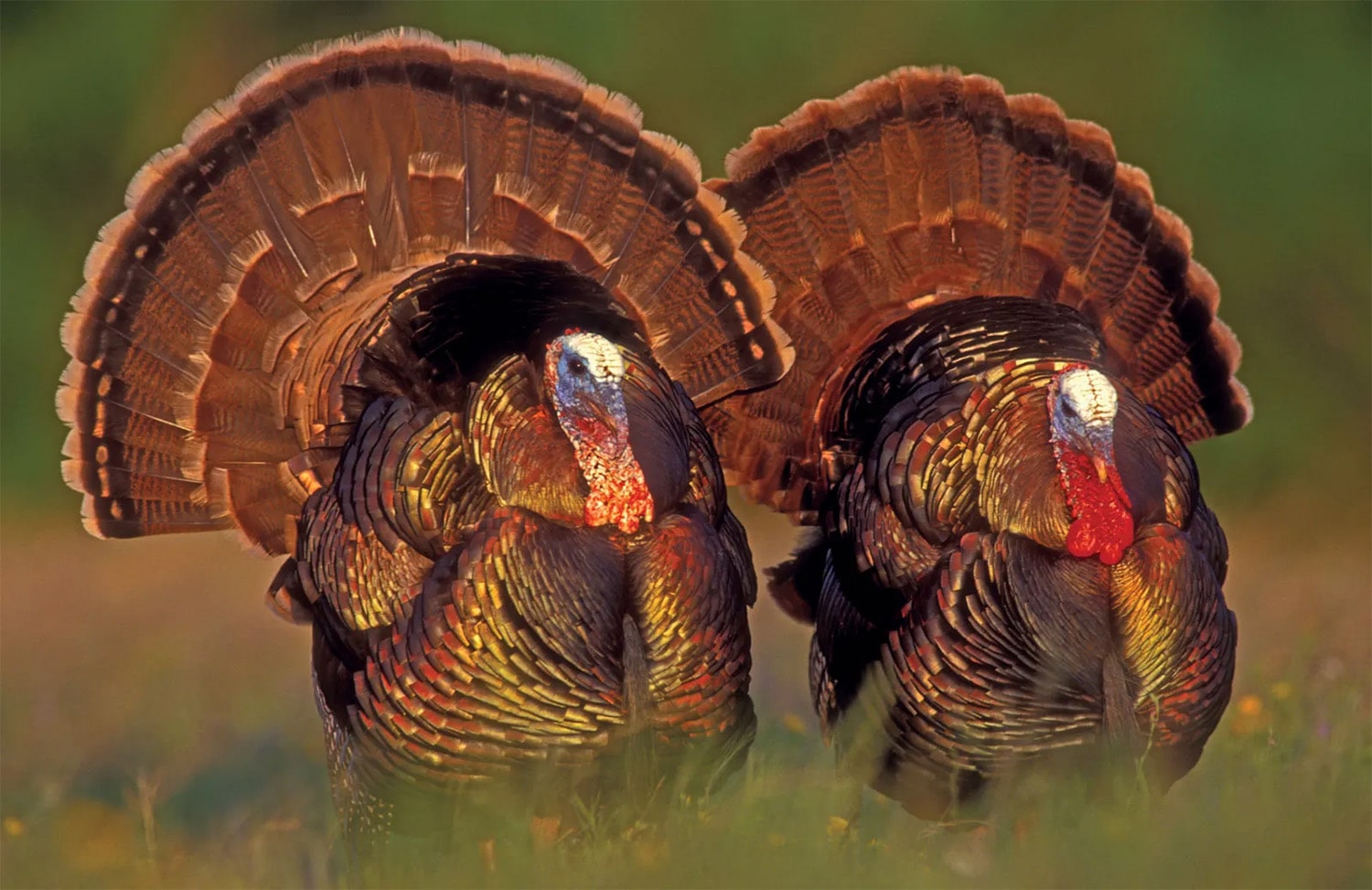
33 interesting facts about turkeys
- 👁️ 392
Turkeys are not just for Thanksgiving! These fascinating birds are native to North America and have a rich history, along with a variety of interesting characteristics that make them quite unique among birds. Known for their distinctive gobble, impressive size, and vibrant plumage, turkeys have been important in American culture and cuisine for centuries. They play a crucial role in both wild ecosystems and agricultural settings, providing insight into avian behavior and the effects of domestication. Here, we dive into some surprising and enlightening details about turkeys, from their biological quirks to their symbolic significance.
- Turkeys are native to North America and were first domesticated by indigenous people in Mexico.
- The wild turkey was a candidate for the official bird of the United States before the bald eagle was chosen.
- Turkeys have excellent vision during the day but don’t see as well at night.
- Adult male turkeys are called toms, while females are called hens.
- Baby turkeys are called poults.
- A group of turkeys is referred to as a flock.
- Turkeys have a unique fleshy appendage on their beak called a snood.
- The skin under a turkey’s throat is called a wattle.
- Turkeys can run at speeds up to 25 mph and fly up to 55 mph.
- Wild turkeys sleep in trees away from predators.
- Turkeys can have a wingspan of up to six feet, which is large for birds of their size.
- Benjamin Franklin called the turkey a “bird of courage” and considered it more appropriate than the bald eagle as America’s national bird.
- There are two species of turkey: the wild turkey and the domestic turkey, though only the wild turkey is native to North America.
- Turkeys have more than 20 distinct vocalizations.
- The color of a turkey’s head and throat will change depending on its mood.
- Wild turkeys can live up to 10 years.
- The heaviest turkey ever recorded weighed 86 pounds.
- Turkeys are omnivores; they eat nuts, seeds, fruits, insects, and small reptiles.
- A turkey’s gender can be determined from its droppings: males produce spiral-shaped droppings, and females’ are shaped like the letter J.
- Turkeys have been bred to have white feathers so that their skin looks cleaner when plucked.
- The turkey was once worshipped like a god by the Maya for its powers of divination.
- Each Thanksgiving, the President of the United States pardons a turkey, which then lives out the rest of its days on a historical farm.
- Turkeys have a poor sense of smell, but an excellent sense of taste.
- Commercially raised turkeys are unable to fly because of their body weight.
- The area of bare skin on a turkey’s throat and head can change color from flat gray to shades of red, white, and blue when excited.
- Turkeys’ heads are featherless because it helps with temperature regulation.
- The turkey’s gizzard, a part of its stomach, contains tiny stones to help digest tough food.
- Despite their heavy bodies, wild turkeys are agile fliers in short bursts, mainly to escape predators.
- Turkeys are social animals and can recognize each other by their voices.
- The Native American name for turkey is ‘firkee’; some say this is how the bird got its name.
- Turkeys were once believed to be aphrodisiacs in the 16th century when they were first brought to Europe.
- The turkey is one of the few birds that is native to the Americas and has been introduced elsewhere.
- More than 200 million turkeys are raised in the United States every year.
Turkeys are remarkable birds that offer more than just a holiday meal. Their surprising speed, impressive flight capabilities, and complex social behaviors make them fascinating subjects of study and admiration. Despite their ubiquity in American culture, many aspects of their biology and their role in ecosystems remain a source of ongoing research and interest. As symbols of abundance and gratitude, turkeys continue to captivate and contribute to cultural traditions and natural habitats alike.
